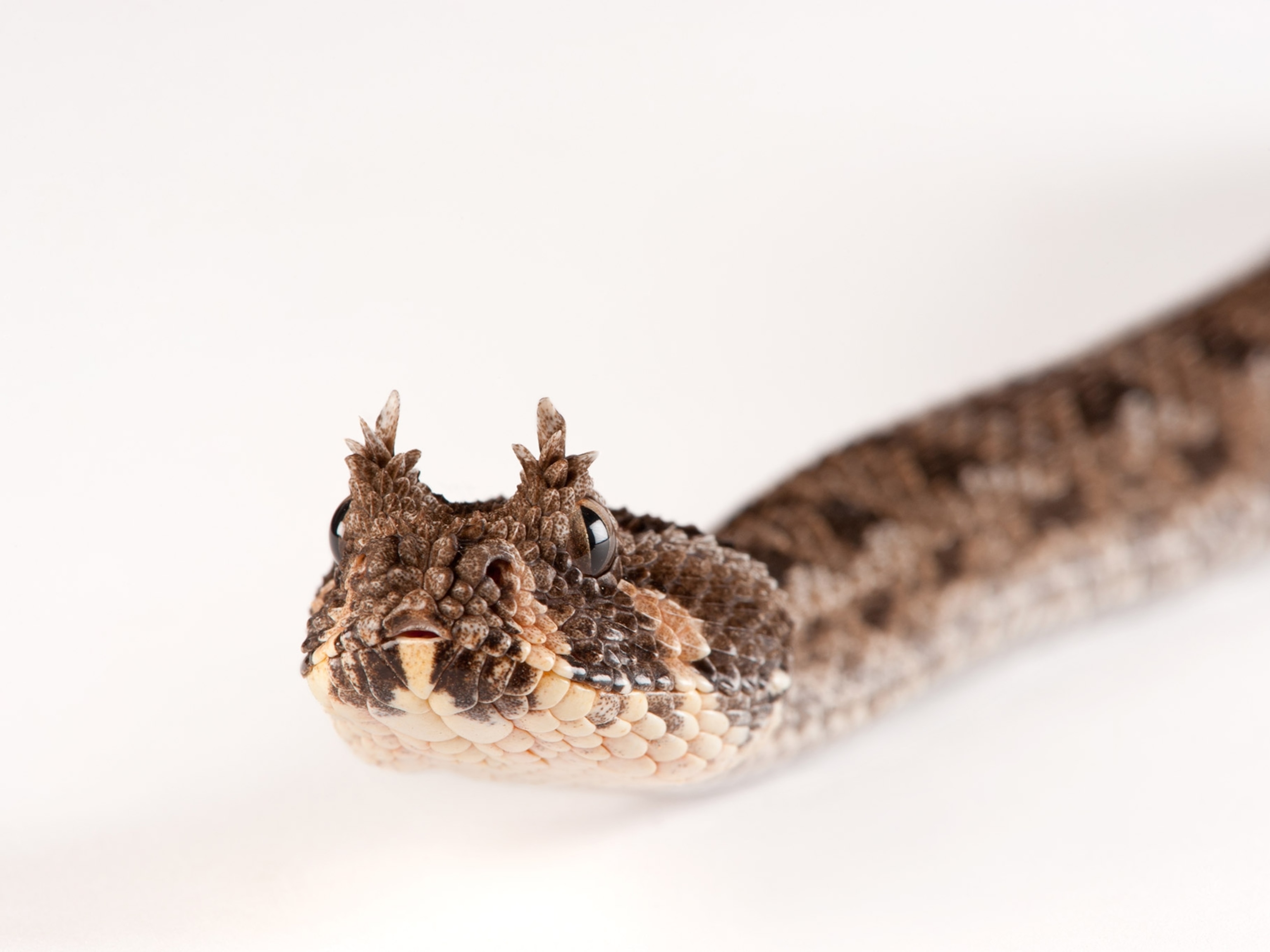
What's This Tropical, Venomous Sea Snake Doing in California?
El Niño's warmer currents may be to blame for unusual occurrence, scientists say.
Highly venomous yellow-bellied sea snakes are rarely spotted in the cold waters off California. But a dead one was found this week on a popular state beach in Southern California.
The specimen was discovered at Bolsa Chica State Beach, located just north of Huntington Beach, during a beach cleanup by the environmental group Surfrider Foundation. The species had only been seen in California two other times: once in October and once in the 1970s.
(How sea snakes, surrounded by salt water, quench their thirst)
The snake, which has a bright yellow belly and a paddle-shaped tail, can stay underwater up to three hours between breaths. They can reach a length up to 35 inches in length.
Yellow-bellied sea snakes require warm water and normally inhabit tropical swaths of the Pacific and Indian Oceans. This rare sighting "could obviously be weather related," says Harvey Lillywhite, a sea snake expert at the University of Florida.
Lillywhite explains that the sea snakes (Pelamis platura) are one of few truly pelagic, or open ocean, sea snakes. They are somewhat common around Australia and Central America. But they occasionally drift up to colder latitudes on warm currents, particularly during strong El Niño years like this one.
Still, the waters off California generally remain too cold for the animals to breed there, says Lillywhite, so they can't become established. (See what happens when a sea snake battles a deadly stonefish.)
Sea snake expert and National Geographic explorer Zoltan Takacs says the species "is quite common in Central America, so currents washing them up to California—while apparently infrequent happenings—are not surprising."
Bolsa Chica State Beach is popular with surfers, drawing hundreds of thousands of visitors each year. But experts say there is no reason to fear going into the water.
"There's absolutely no reason to panic," Lillywhite adds. "When these animals are in their natural habitat they don't tend to be aggressive, they'll just swim away. If you pick them up they will tend to bite, but looking at them is probably fine."
Although sea snake venom is highly toxic, the animals have small mouths and they rarely bite people. If they do, they don't usually inject much venom in such "defensive bites," says Lillywhite. Their venom is more adapted to stun fish, their primary source of prey. (Learn more about the animals.)
If the snakes do wash up on a beach, they are at much more risk than beachgoers because they will often die, says Lillywhite.





